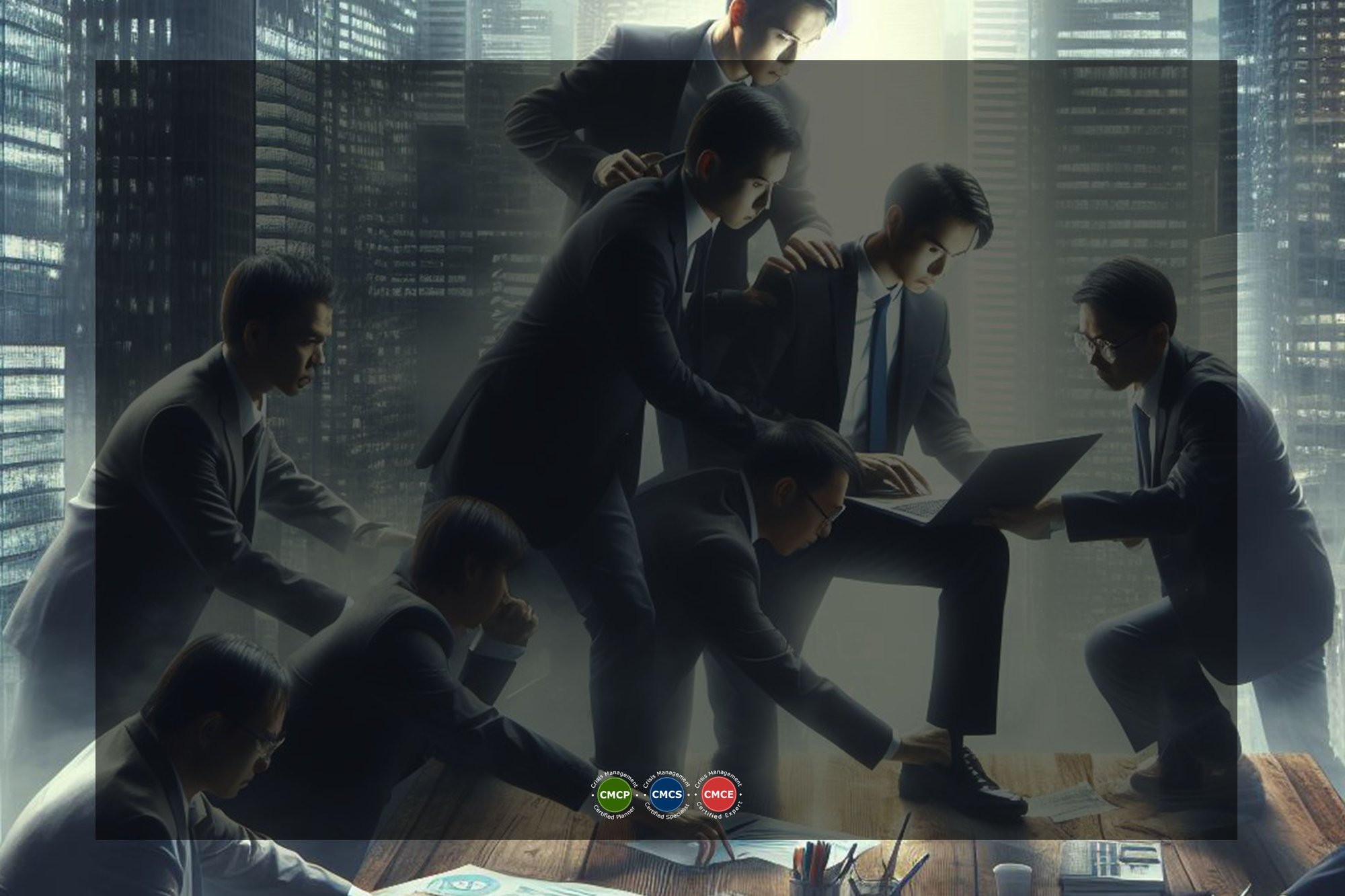Category of Crisis Types
A sudden, unplanned crisis causes significant organisational disturbances and triggers employee fear and threats.
This chapter contextualises each category of crisis type and provides the reader with possible real-life examples that could occur at Singapore Management University (SMU).
In international good practices, the category of crisis types include:
 Natural
Natural- Technological
- Confrontation
- Malevolence
- Organisational Misdeeds
- Skewed Management Values
- Deception
- Management Misconduct
- Due to Workplace Violence
- Due to Rumours
- Lack of Fund
- Due to Natural Factors
Crisis Scenarios and the Specific Threats that SMU May Face
The following content provides the reader with possible real-life examples that could occur at Singapore Management University (SMU). These examples are highlighted in italics.
Natural
Disturbances in the environment and nature lead to natural crises, which are generally beyond human control.
Crisis Scenarios that Represent Significant Threats to SMU
Natural disasters, though infrequent in Singapore, pose potential risks to SMU.
Incidents such as severe storms, floods, or pandemics can disrupt university operations, damage infrastructure, and pose health and safety concerns for students and staff.
Effective crisis management involves preparedness plans, emergency communication protocols, and rapid response mechanisms to ensure safety and continuity.
Technological
A technological crisis arises when technology fails. Problems in overall systems also lead to technological crises.
Crisis Scenarios that Represent Significant Threats to SMU
Technological crises include cybersecurity breaches, IT system failures, and data loss incidents. As a technologically advanced institution, SMU relies heavily on digital platforms for academic and administrative functions.
Cyberattacks, system outages, or data breaches could compromise sensitive information, disrupt learning management systems, and hinder essential university services.
Robust cybersecurity measures, data backup protocols, and incident response plans are crucial in mitigating these risks.
Confrontation
Confrontation crises arise when employees fight amongst themselves. Individuals do not agree with each other and eventually depend on non-productive acts.
Crisis Scenarios that Represent Significant Threats to SMU
Confrontational crises arise from disputes between university authorities and students, faculty, staff, or external parties.
These may involve protests, labour strikes, or academic disagreements. If not managed effectively, such confrontations can escalate into legal battles, reputational damage, and operational disruptions.
A clear conflict resolution framework and open communication channels can help address grievances before they escalate.
Malevolence
Organisations face a crisis of malevolence when notorious employees use criminal activities and extreme measures to fulfil their demands.
Crisis Scenarios that Represent Significant Threats to SMU
Acts of malevolence include threats, sabotage, or attacks from individuals or groups intending to harm the university.
This could involve vandalism, cyberattacks, or intentional disruptions to university events.
Security measures, surveillance systems, and crisis response teams are crucial in mitigating these threats.
Organisational Misdeeds
Crises of organisational misdeeds arise when management makes certain decisions, knowing the harmful consequences of the same towards the stakeholders and external parties.
In such cases, superiors ignore the after-effects of strategies and implement the same for quick results.
For example, a Crisis of organisational misdeeds can be further classified into the following three types:
- Skewed Management Values
- Deception
- Management Misconduct
Skewed Management Values
The crisis of Skewed Management Values arises when management supports short-term growth and ignores broader issues.
Crisis Scenarios that Represent Significant Threats to SMU
When management prioritises profits, rankings, or institutional growth over ethical standards and student welfare, it can lead to decisions that undermine academic integrity and stakeholder confidence.
Deception
Organisations face a crisis of deception when management purposely tampers data and information.
Crisis Scenarios that Represent Significant Threats to SMU
Instances where the university misrepresents facts, such as inflating academic achievements or falsifying records, can result in reputational damage, regulatory scrutiny, and loss of credibility.
Management Misconduct
Organisations face a crisis of management misconduct when management indulges in deliberate acts of illegality.
Crisis Scenarios that Represent Significant Threats to SMU
Any unethical or illegal actions by leadership—such as fraud, bribery, or conflicts of interest—can severely impact SMU’s reputation and operational stability.
Preventive measures such as strong governance policies, ethical training, and transparent leadership are essential.
Due to Workplace Violence
Workplace violence is a type of crisis that arises when employees are indulged in violent acts.
Crisis Scenarios that Represent Significant Threats to SMU
Workplace violence, including physical altercations, harassment, or threats against faculty, staff, or students, poses a serious risk to campus safety.
Universities must have strict policies on harassment, robust security measures, and a crisis intervention team to handle such situations.
Due to Rumours
Spreading false rumours about the organization and brand leads to a crisis.
Crisis Scenarios that Represent Significant Threats to SMU
False information and rumours can spread rapidly through social media, damaging SMU’s reputation and causing panic among stakeholders.
Crisis communication strategies, transparency, and active engagement with students and staff can help counter misinformation and maintain trust.
Lack of Fund
The crisis also arises when organisations fail to pay their creditors and other parties.
Crisis Scenarios that Represent Significant Threats to SMU
Financial instability can arise from reduced government funding, lower student enrollment, or mismanagement of resources.
A lack of funds may affect academic programs, faculty retention, research initiatives, and campus development.
Proactive financial planning, diversified revenue streams, and responsible budget management are crucial in preventing and managing financial crises.
Summing Up ...
Crisis scenarios at SMU vary in nature and severity, requiring a comprehensive and proactive crisis management strategy.
By identifying and preparing for these potential crises, the university can enhance its resilience, protect its stakeholders, and ensure sustained academic excellence and institutional stability.
Goh, M. H. (2016). A Manager’s Guide to Implement Your Crisis Management Plan. Business Continuity Management Specialist Series (1st ed., p. 192). Singapore: GMH Pte Ltd.
Extracted from Appendix 2: Crisis Types
More Information About Crisis Management Blended/ Hybrid Learning Courses
To learn more about the course and schedule, click the buttons below for the CM-300 Crisis Management Implementer [CM-3] and the CM-5000 Crisis Management Expert Implementer [CM-5].








![[BL-CM] [5] Register](https://no-cache.hubspot.com/cta/default/3893111/82024308-16f4-4491-98be-818a882c6286.png)

![Email to Sales Team [BCM Institute]](https://no-cache.hubspot.com/cta/default/3893111/3c53daeb-2836-4843-b0e0-645baee2ab9e.png)





